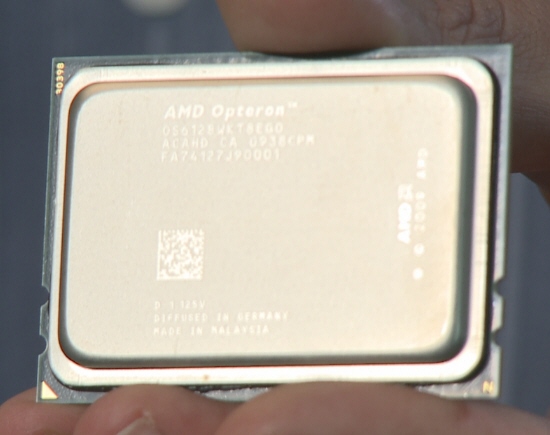Toshiba will take its first step towards mass production of a new generation of memory chips later this year when it begins construction of a new factory in Japan.
The factory will be Toshiba’s fifth at its manufacturing base in Yokkaichi in western Japan. It will initially be used to produce conventional NAND flash chips, but Toshiba plans to expand this to new types of 3D memory where chips and components are stacked vertically, it said Tuesday.
NAND flash is probably the most ubiquitous type of memory in use today. It’s what’s inside USB sticks and memory cards and can also be found embedded in devices like digital cameras, cell phones and solid-state drives (SSDs).
Semiconductor makers are constantly trying to improve the capacity of their chips by packing components closer.As the memory cells become smaller, electrical interference between them begins to cause problems.
That’s where 3D memory comes into the picture. By building vertically in addition to horizontally, engineers can keep increasing the capacity of chips without having to deal with smaller and smaller memory cells.
Toshiba will start construction of its new plant in July this year and expects first phase production of NAND memory to begin in the spring of next year, Norio Sasaki, president and CEO of Toshiba, said at a Tokyo news conference. The production will be in the 20-nanometer class and roughly match that announced earlier this year by Intel and Micron.



